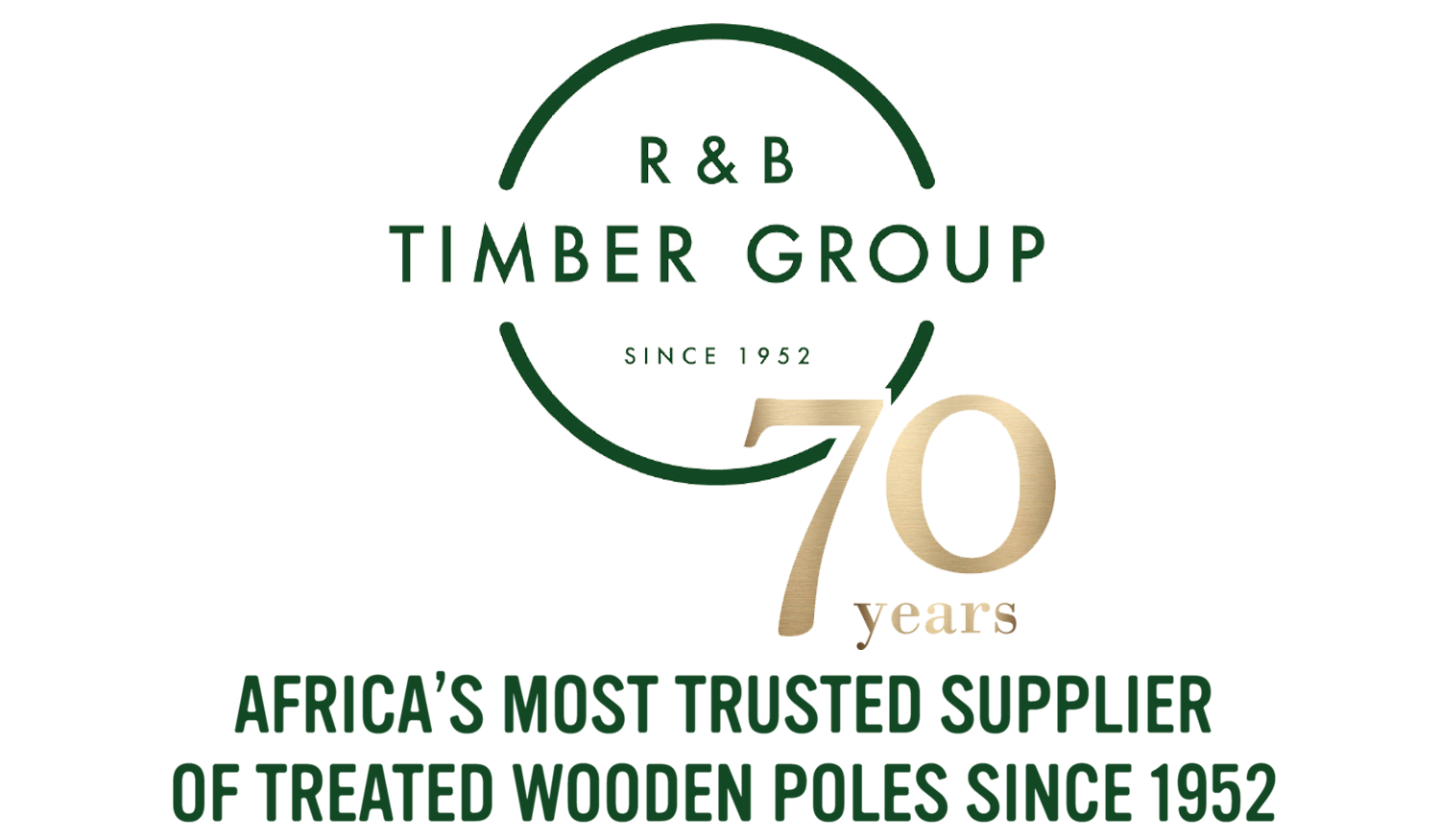SUSTAINABLE FORESTRY - SUSTAINABLE FOREST LIFE CYCLE
Sustainable forestry, involves balancing environmental, social and economic factors to meet the needs of the present without compromising the ability of future generations to meet their needs.
"What does sustainable forestry involve?"
The R&B Group has gathered information to answer this question and provide a better understanding of what sustainable forestry involves.
Sustainable forestry involves carefully managing a forest, so that as trees are felled they are replaced with new seedlings that will eventually grow into mature trees. This is done in order for forests to continue to exist, whilst at the same time providing natural materials for us all. There is a five-step process involved in this procedure:
Seedlings are grown in green houses for a year, until strong enough to be transplanted in sustainable forests.
The small trees are transplanted in sustainable forests where they begin to grow for five years.
Over the next 10 years, the young trees grow in the natural environment, where they are thinned out every five years. This allows for the remaining trees to make more progress.
After twenty-five years, the trees are almost ready for felling. The growth of the trees is monitored carefully and they are felled between twenty-five and thirty years of age.
After felling, the wood is sent to the wood mill. Seedlings then replace these felled trees, and the twenty-five to thirty year cycle begins again.
If you wish to gain greater insight to this process, please feel free to connect with the links provided. The R&B Group incorporates this practice to minimise the impact of its operations on the environment.
